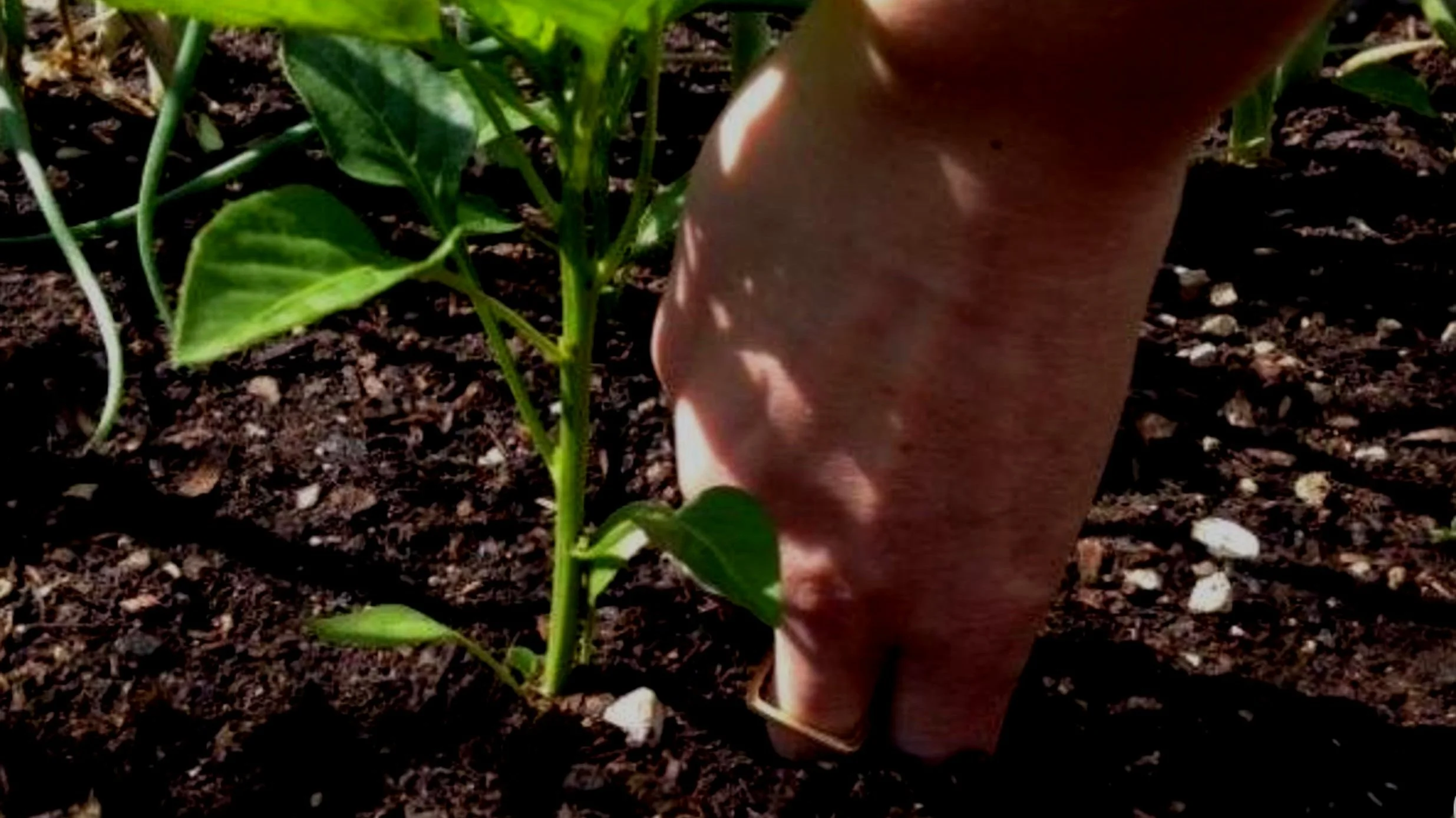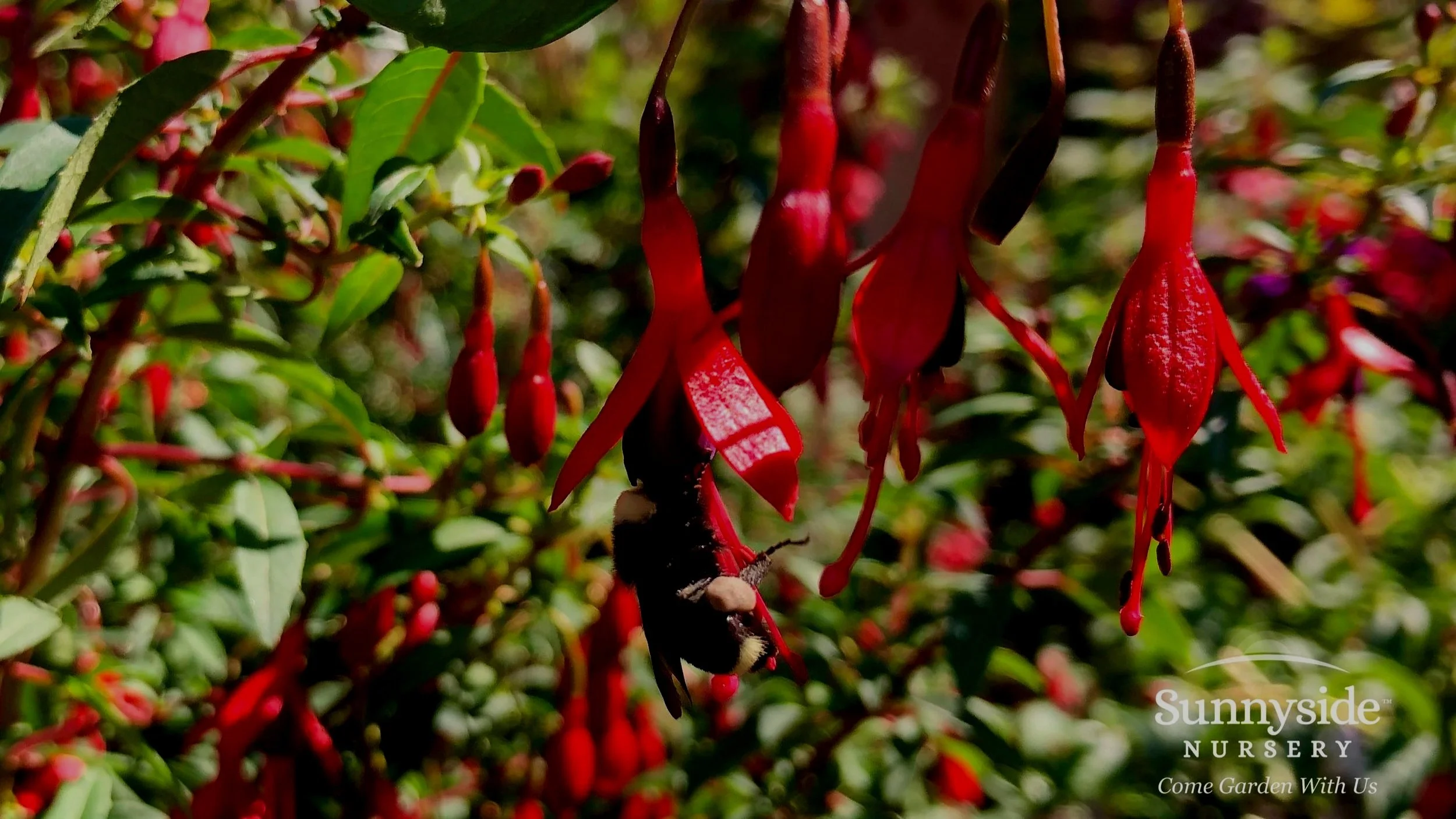Summer watering is inevitable in the northwest if we want to keep our landscapes green and healthy. We can, of course, choose to let our lawns go dormant, but we really should give some extra water to our shrubs and trees at least 2 to 3 times during the next 3 months. Naturally, flowers, veggies, and containers need to be watered a lot more frequently.
The real challenge with watering is that we can’t see what is going on under the surface of the soil and so we don’t know how long to let the water run. If we have sandy soil, then we can usually see the water disappear almost as fast as we apply it, but for most of us trying to garden on glacial till (rocks and clay), it takes forever for water to penetrate into the soil. Consequently, it tends to run off before it can soak into the ground. The solution to this dilemma is in the device we use to apply the water.
The vast majority of roots are located in the top 12 to 18 inches of soil and once this soil layer dries out it is very difficult to rehydrate. Just like the fall rains, it has to be done slowly and over a period of time. The only way to accomplish this is with drip systems and soaker hoses or by having the time and patience to turn on the hose for 15 minutes, then turn it off for an hour, then turn it on again for 15 minutes, then turn it off, and continue to do this until you have applied a full one inch of water for the week. Clearly, this is not practical solution. Here are a few tips to consider.
Most gardeners water too often and not deep enough. Don’t water until the top two inches of soil are dry.
Soaker hoses work really well in shrub and tree beds. You might have to run them for several hours or even several days to build up the soil moisture to a depth of 12 inches, but once you have, you won’t need to water again for several weeks.
Oscillating and impact sprinklers generally work well for turf areas. Run them until you start getting runoff and then stop. Check an hour later to see what kind of penetration you got and if necessary, run them again. Three times a week usually does the trick for lawns.
Automatic sprinkler systems are nice and I made a living installing them in California, but you still have to monitor things to make sure water is being applied uniformly. And please, don’t run them every day.
Adding compost is an essential step in retaining moisture in the soil. Applying a 1 to 2 inch layer of mulch to the soil under your shrubs and trees and around the perennials will reduce the frequency with which you need to water, by as much as 50%. Plus, it will enrich the soil in the process.
So to summarize, don’t water until the soil is dry two inches down. Established shrubs and trees need only a once or twice a month watering and perennials, annuals and lawns only a 1 to 3 times a week watering and containers only every day or every other day depending on how root bound they are. Water deeply and infrequently using an appropriate sprinkler and always count your blessings that we live in such a civilized society that we have the option to water at all. Stay safe and keep on gardening.



